Last reviewed November 2023
One Minute Guide to Child Criminal Exploitation
What is Child Criminal Exploitation?
Child Criminal Exploitation (CCE) is where another person or persons have manipulated, deceived, coerced or controlled a child to undertake a criminal activity. A Child may have been criminally exploited even if the activity appears consensual. CCE does not always involve physical contact; it can also occur through the use of technology.
It occurs where an individual or group take advantage of an imbalance of power to coerce, manipulate or deceive a child under the age of 18 into sexual activity in exchange for something the victim needs or wants and/or for the financial advantage or the increased status of the perpetrator or facilitator.
CCE needs to be viewed in the context of broader vulnerabilities and other forms of exploitation and abuse. This could be within families, communities or more sophisticated organised crime groups. There needs to be consideration around the overlap and links between: familial violence and/ or criminality; trauma; peer to peer abuse; Child Sexual Exploitation (CSE); gang violence; going missing; and trafficking and modern day slavery.
It is important to highlight that the harm children experience when they are exploited often happens outside of the home and is extra-familial. Therefore, it is important to understand the contexts within which the harm occurs in order to be able to safeguard the child.
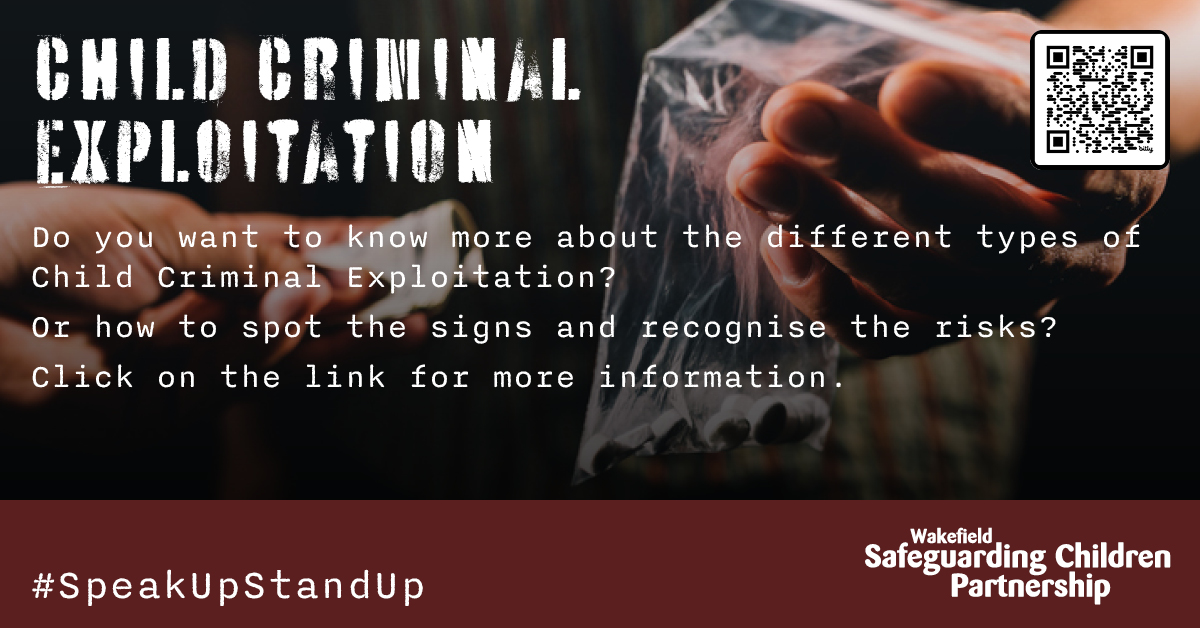
Who is affected by CCE?
All children can be criminally exploited.
However, gangs and groups are known to target more vulnerable children, some factors that heighten vulnerability can include:
- Being excluded from education
- Having prior experience of neglect, physical and/or sexual abuse
- Lack of a safe/stable home environment now or in the past (domestic abuse or parental substance misuse, mental health issues or criminality for example)
- Social isolation or social difficulties
- Economic vulnerability
- Homelessness or insecure accommodation status
- Connections with other people involved in gangs (peer network and friendships)
- Having a physical or learning disability
- Having mental health or substance misuse issues
- Being in care (particularly those in residential care and those with interrupted care histories)
- Exploiters target children with special educational needs, mental health difficulties or disabilities.
Those exploiting children also look for emotional vulnerability, such as children experiencing problems at home, absent parents or bereavement. Exploiters seek to fill that emotional gap for the child and become their ‘family’. Boys are more likely to be exploited in this way but girls are also affected.

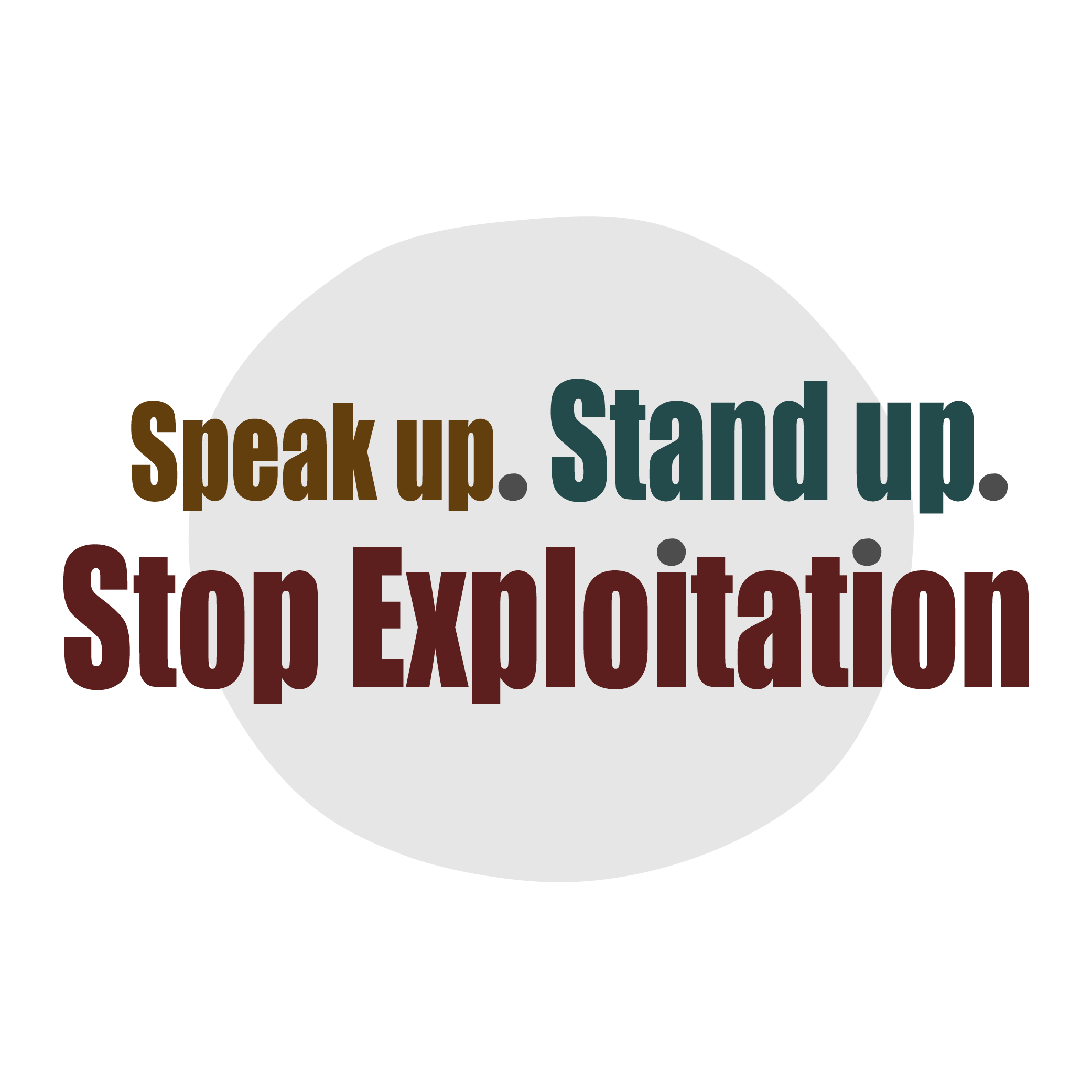
-
Indicators of Child Criminal ExploitationShow details
Anyone working with children should be aware of the following risk indicators to help identify CCE:
– Persistently going missing from school or hoe and/or being found outside of the area where they live
– Unexplained acquisition of money, clothes, or mobile phones
– Excessive receipt of texts/ phone calls
– Relationships with controlling/ older individuals or groups
– Regularly leaving their home without explanation
– Suspicion of physical assault/ unexplained injuries
– Parental concerns (such as behavioural changes/drug use/presentation/decline in attendance at School)
– Carrying weapons
– Significant decline in educational attainment and attendance
– Arrested for possession and intent to supply of significant quantities of drugs, particularly heroin and crack cocaine
– Arrested away from their own home area
– Arrested on public transport, particularly on trains
– Travelling out of area
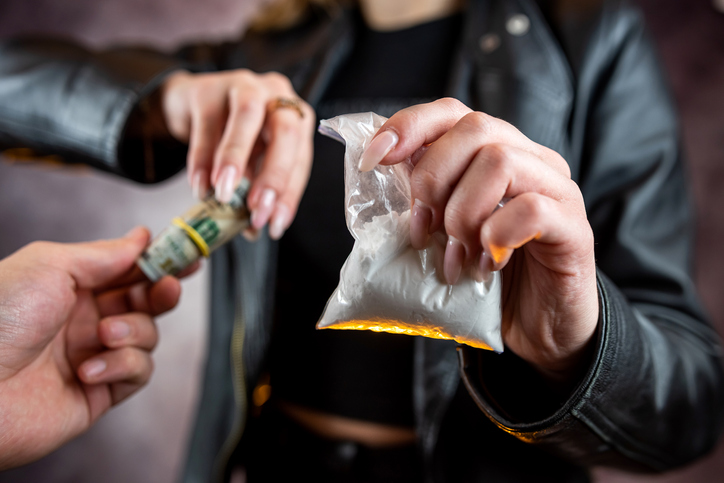
How does CCE link to County Lines
Country Lines is model of exploitation.
The term county lines is used to describe gangs and organised criminal networks involved in exporting illegal drugs into one or more importing areas within the UK, using dedicated mobile phone lines or other form of ‘deal line’. They are likely to exploit children to move and store the drugs and money and they will often use coercion, intimidation, violence (including sexual abuse) and weapons.
This type of movement of children falls within the legal definition of trafficking in the Modern Slavery Act 2015. Child trafficking is defined as the ‘recruitment, transportation, transfer, harbouring or receipt’ of a child for the purpose of exploitation.
What to do if you are worried a child is being
criminally exploited?
It is important that practitioners are open to the fact that a child cannot consent to their own exploitation and children do not always recognise that they are being criminally exploited. They will often not wish to disclose information due to fear of repercussions or of losing the group they belong to and identify with. Many children are groomed prior to the criminal exploitation occurring. It is important to remember the unequal power dynamic within which this exchange occurs.
If any practitioner believes that a child in Wakefield is at risk of, or is being criminally exploited, it is important that they report their concerns immediately to the Integrated Front Door team and to the Police. For additional support specific for Wakefield, please see the list below:
-
Show details
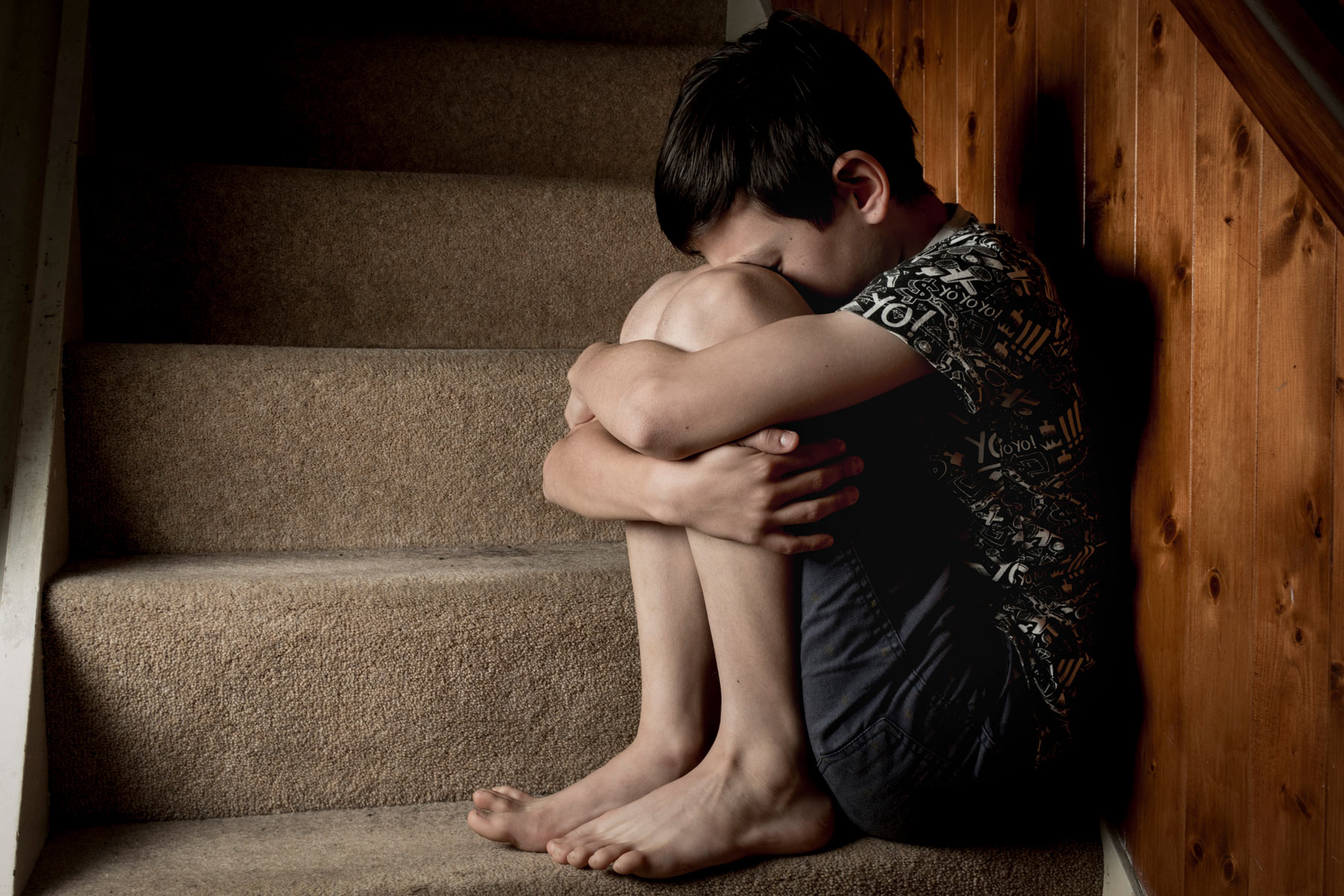 CVE Drop in Clinic
CVE Drop in Clinic The CVE service ensures a co-ordinated response from West Yorkshire Police and Wakefield Children and Young People’s Social Care to the identification, investigation, and intervention with cases of exploitation, developing effective joint strategies to tackle exploitation throughout the district.
-
Show details
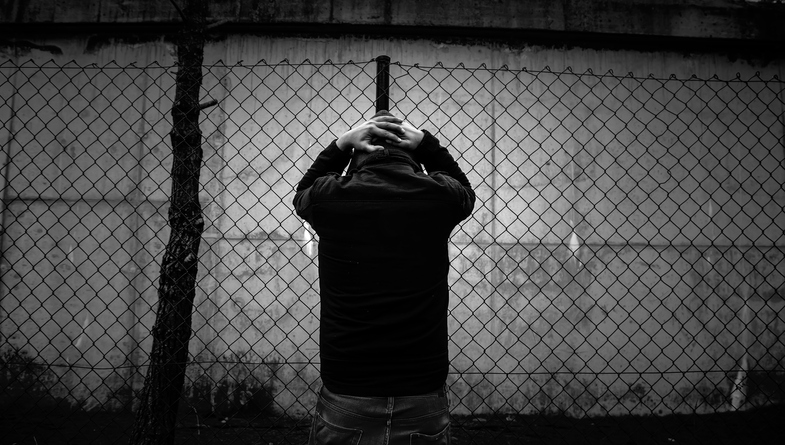 RAM (Risk Assessment Management Meeting)
RAM (Risk Assessment Management Meeting) For children identified as at risk of Criminal/Sexual Exploitation – The Multi-Agency Risk Assessment Meeting (RAM) to review cases open to Wakefield’s Children and Young People Service (CYPS) where a risk of Child Sexual Exploitation/Child Criminal Exploitation (CSE/CCE) and/or Trafficking has been identified.
-
Show details
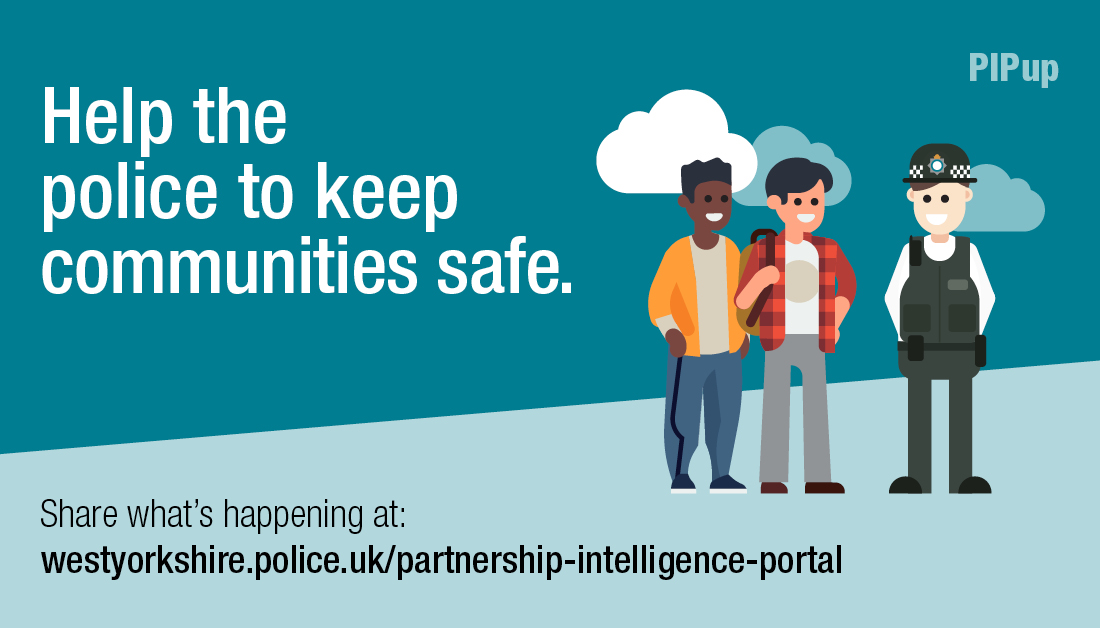 PIP (Partnership Intelligence Portal)
PIP (Partnership Intelligence Portal) This system and access to it is for authorised partners and organisations to submit information to West Yorkshire Police.
If you believe a child is in immediate risk of harm, you should contact the police by calling 999. Practitioners should also consider if the child or young person has been trafficked and consider a referral to the National Referral Mechanism.
Further Information
- Child Exploitation Knowledge Hub
- Screening Tool (coming soon)
- Working Together To Safeguard Children
- West Yorkshire Consortium Child Exploitation Procedure
- The MACE Strategy
- Home Office Guidance on CCE & Vulnerable Adults: county lines
- A Toolkit for Professionals – Children trafficked for the purpose of Child Exploitation in relation to county lines
- Research in Practice: Multi-agency Practice Principals for responding to child exploitation and extra-familial harm


